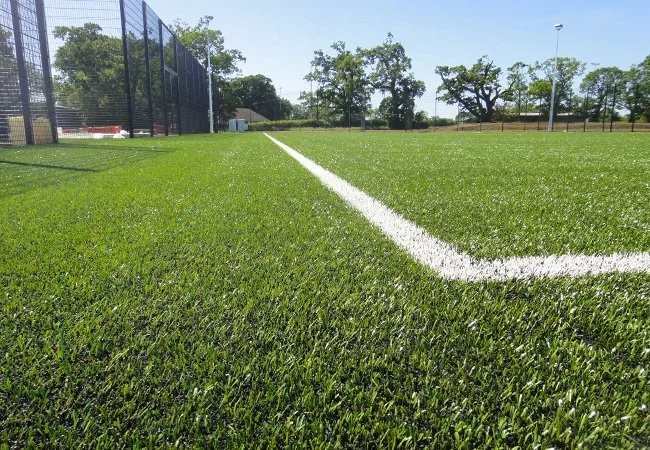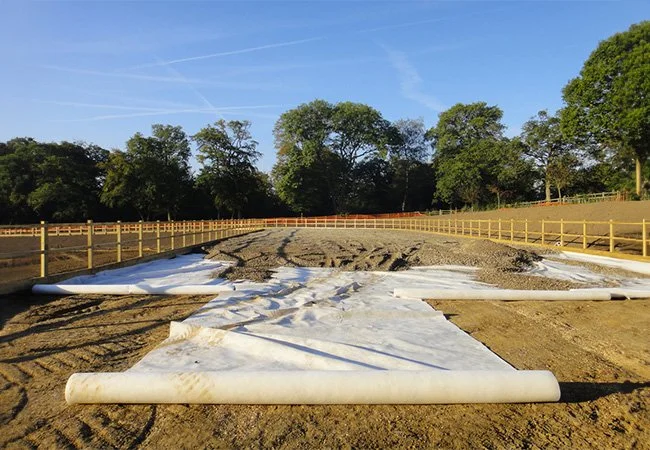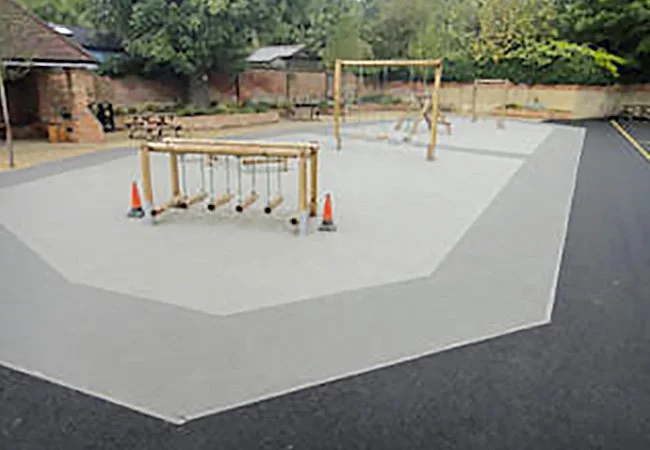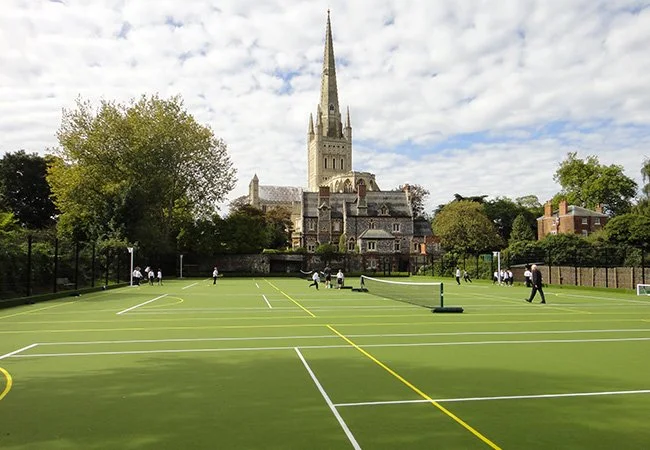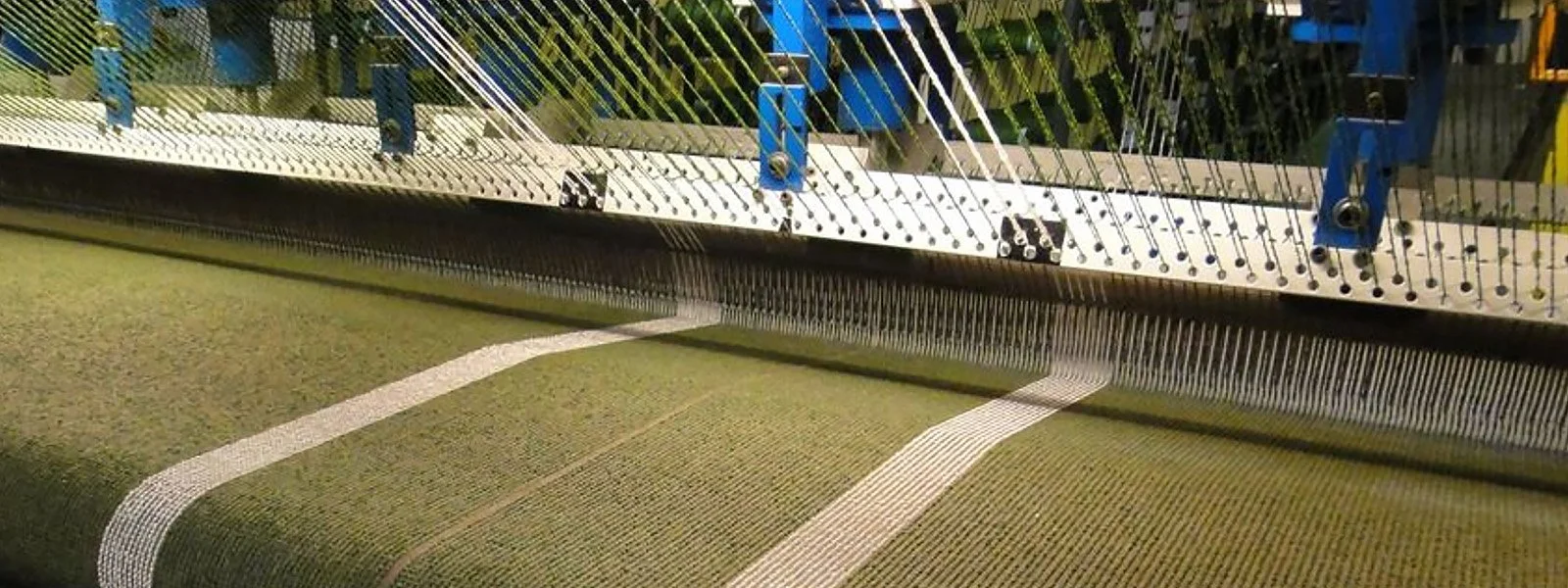
Artificial and Hybrid Surfaces
Agrostis have kept very much abreast of technological developments in artificial sports surfaces. We have done this through our extensive connections within the industry and in particular our membership of the technical services section of SAPCA. Designing and specifying the construction of many artificial sports surfaces has provided further insight.
The technical aspects of artificial sports surface construction are generally rather different to those of natural turf and the principles of their construction are based more in civil engineering concepts than the biological processes involving soil and grass. It is usually the site itself that gives rise to complications, however, and it is in this respect that we are usually called upon to help out.
Our expertise in site and subsoil evaluation is of particular value but designing the most appropriate Sustainable Drainage solutions (SuDS) is an area in which we have considerable expertise. Planning departments in particular are, quite rightly, much more concerned with minimising flood risk from artificial sports surface developments than they are from natural turf. Their expectations concerning the technicalities of this aspect of the design are, therefore, rigorous so our knowledge an understanding of the processes involved is often very valuable and is often key to the granting of planning permission.
And of course we want to do our bit in relation to all environmental aspects of developments, minimising flood risk being one of them.
Factors to Consider with Artificial Surfaces
If you are considering installing a new artificial playing surface (MUGA, AGP, etc), or replacing the surface of an existing facility, there are a number of important considerations to address at the outset. These may be addressed in a feasibility study which Agrostis would be pleased to undertake. In addition to the choice of surface, other factors to consider include:
Surface Type
We have undertaken specific studies, for example into the form and construction of carpets and the use of rubber crumb/chip in sports surfaces. For a review of the technicalities of sports carpet manufacture, click here (815Kb). The development of hybrid pitches, incorporating elements of artificial pitch construction into natural turf situations, has dovetailed neatly with Agrostis’ expertise.
Fencing
This keeps balls in and unwanted users out. The sports involved, and the level of security required, determine the most appropriate form of fencing. The durability of the materials is particularly important. Planners often insist on particular colours being used. Social and aesthetic implications must also be considered.
Lighting
A very important consideration in the planning process, as well as with regard to individual sports, light distribution and spillage greatly affect the impact of a particular facility and must be designed with all factors in mind. Very often this will be a major concern with planners and an analysis in the form of a Visual Impact Assessment may be required (all available through Agrostis). Also of concern is the stability of the subsoil to support the lighting columns. This is addressed through the carrying out of CBR tests (see Technical Services).
Sub Base and Mode of Construction
The mode of construction beneath the surface is probably of greater importance than the nature of the surface itself. There is not much that can be done about this after installation should anything be amiss! A thorough appraisal of the soil type and geology of the site prior to design will therefore need to be carried out. This should comprise CBR tests to determine the capacity of the subsoil to support the construction.
Drainage and Attenuation
Sustainable Urban Drainage Systems (SUDS) for artificial sports surfaces are intended to provide adequate drainage to ensure continuing playability in wet weather while minimising the risk of flooding. Appropriate drainage and attenuation is therefore at the heart of our designs for both natural and artificial surfaces.
Recyclability
Increasingly there is concern over the most sustainable method of disposing of the carpets used in artificial sports surfaces. Some materials are more ‘environmentally friendly’ than others. So appropriate selection of carpets at the design stage ensures that future difficulties and environmental hazards are avoided. We can also arrange for your existing carpet to be disposed of properly through the appropriate channels.
Tufted 3G carpet by Agrostis.
Stone base incorporation into equestrian arena/track by Agrostis.
Wet pour rubber surface of primary school playground to Agrostis technical specification.
Needlepunch carpet in Norwich by Agrostis.
Two sand dressed hockey pitches and six macadam tennis courts by Agrostis.
Artificial grass drainage problem! Highlighting the need for good drainage and attenuation system design.

